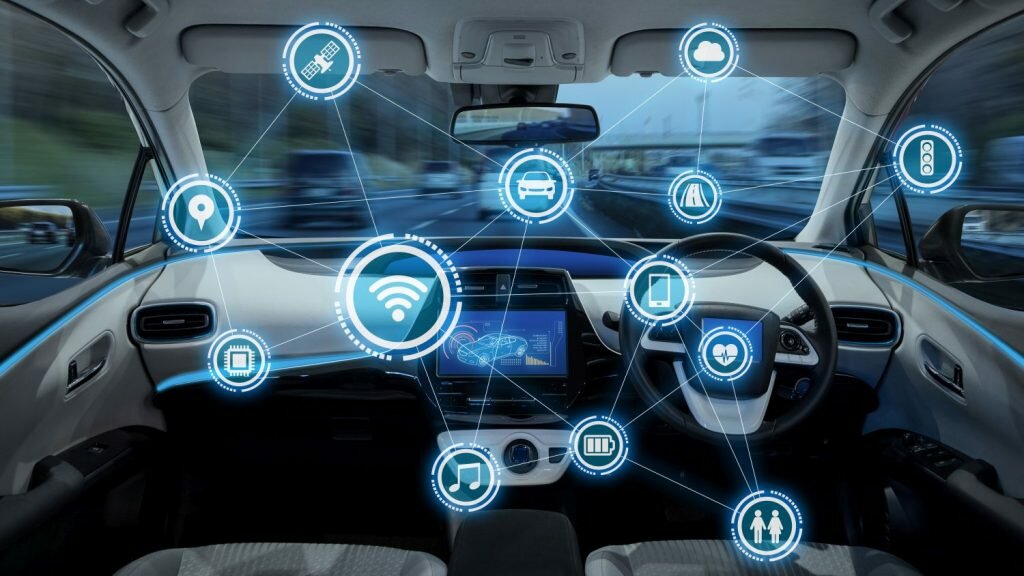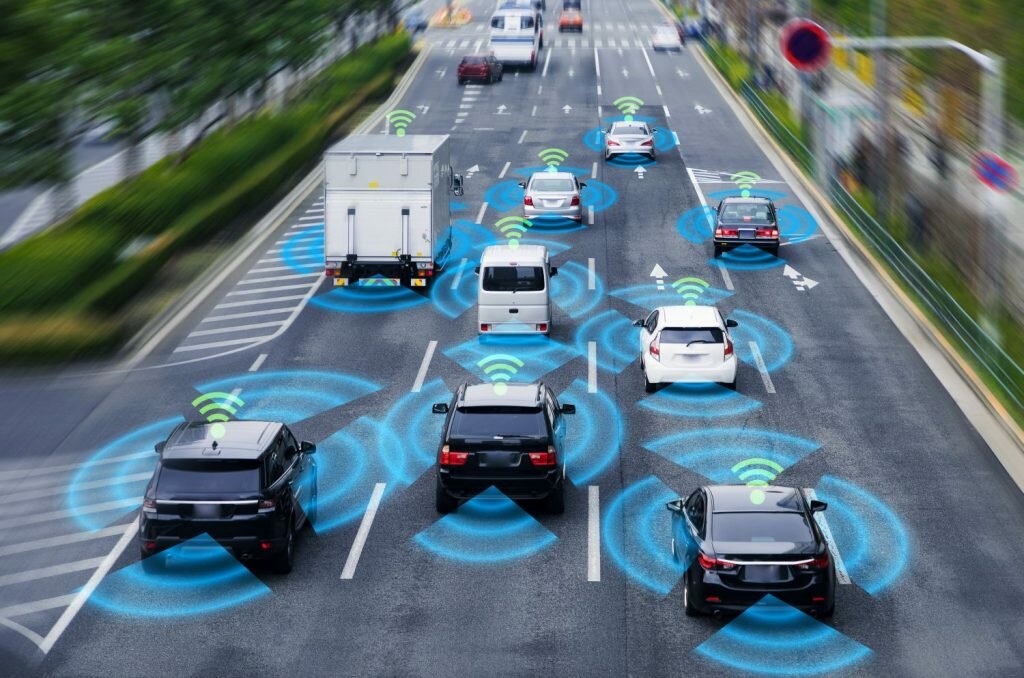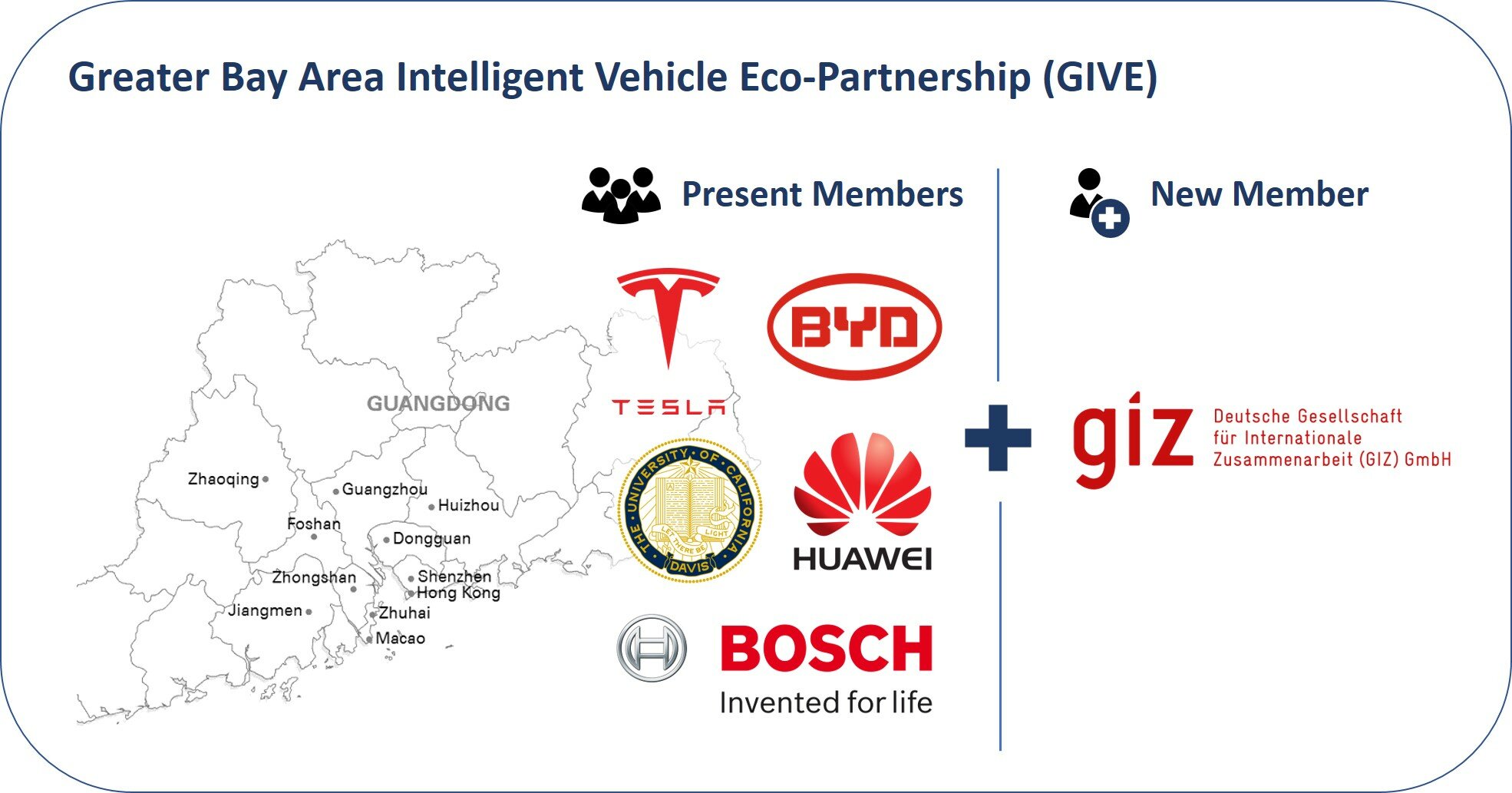Over the past twenty years, the Chinese transport sector has undergone a monumental transformation. Today, China is the world’s largest car market, has the planet’s largest High-Speed Rail (HSR) system, is the world’s second largest civil aviation market and houses seven of the planet’s ten largest container ports. An astounding achievement considering the country had under 20,000 registered private cars in 1985 and not a single HSR line until 2008. Simply phrased, China has ‘put the pedal to the metal’. However, China’s rise came along with alarming environmental and climate change issues as transport emissions have increased more than tenfold since 1980. Today, China is not only the world’s single largest emitter of greenhouse gasses, but its transport sector is the country’s third largest contributor. Furthermore, China is plagued by notorious air pollution that provokes alarming health concerns amongst its 1.4 billion strong population. With incomes continuing to grow among…
Systematic and integrated transport planning is key to achieving low-carbon transport systems in cities. Sustainable Urban Mobility Planning can help cities to overcome institutional barriers by shifting from…
Increased safety, an unprecedented level of comfort and a gain in personal time. These are the key promises of the global automotive industry for the future of mobility…
How can firms like Mobike and Meituan reduce their environmental footprint while simultaneously advancing their business models? This was the central theme of the Beijing Cleantech Hackathon, held…
The 20 sessions of the Global Future Mobility Conference (GFM) 2018 covered topics of future mobility from New Energy Vehicles (NEVs) over Intelligent and Connected Vehicles (ICVs) to…
In 2017, 29 million new vehicles were sold in China – more than in the United States, Japan and India combined. This figure is expected to increase to…
In January 2018, China’s top economic planner, the National Development and Reform Commission (NDRC), set out ambitious targets for the development of Intelligent and Connected Vehicles (ICV) in…
At the invitation of China EV100, one of the most influential think tanks in China’s automobile industry, the 2018 Global Intelligent Vehicle (GIV) Summit was held in Shenzhen…







